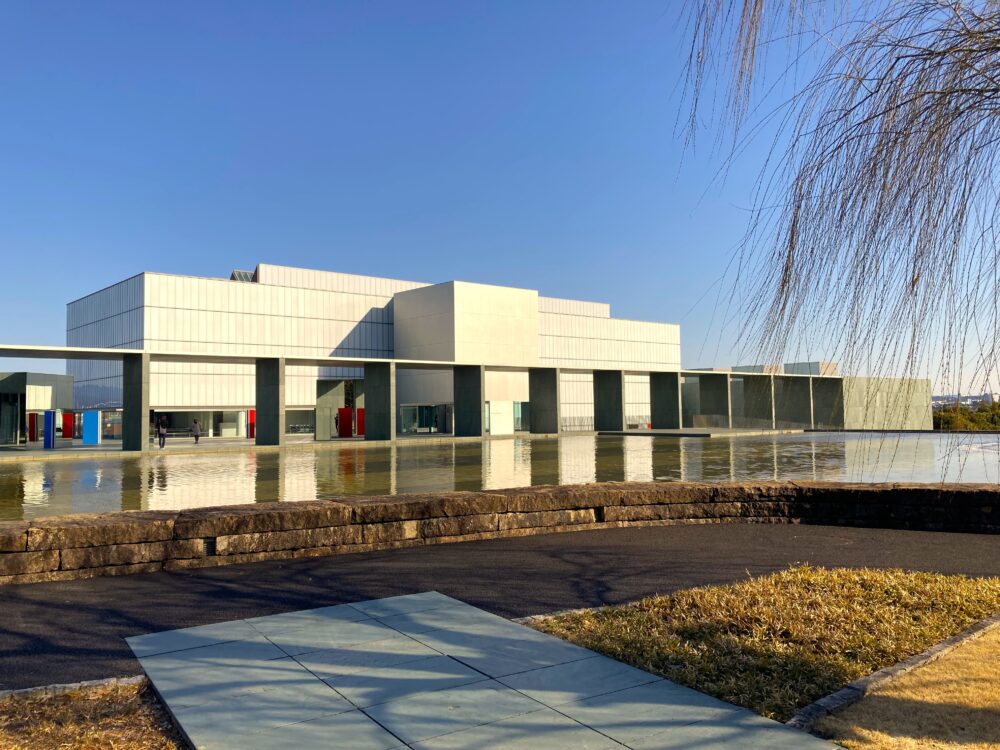
See Gustav Klimt in Toyota City, Aichi!
Perched on a gentle hill in Toyota City, Aichi Prefecture, the Toyota Municipal Museum of Art is a must-visit spot for art lovers. The museum’s simple and elegant design feels like a work of art itself. The surrounding gardens change with the seasons, creating a peaceful atmosphere that calms your mind as you stroll around.
Among the many highlights, one stands out — Gustav Klimt’s “Portrait of Eugenia Primavesi“. The bright yellow background that almost glows like gold, the delicate and ornate dress, and her slightly melancholic gaze — all draw you in until you forget about time itself.
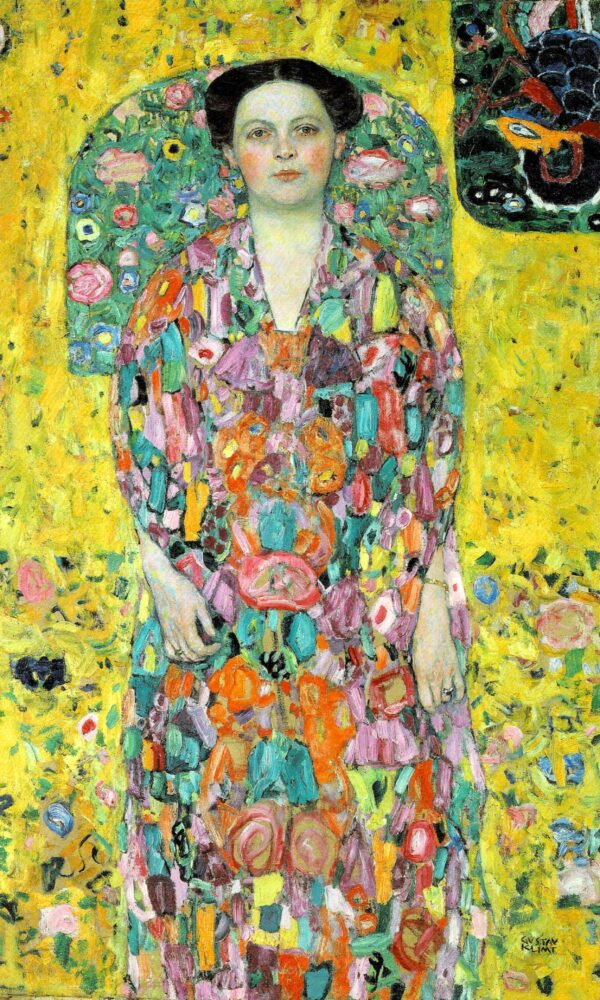
Where Nature and Modern Architecture Meet
The museum was designed by Yoshio Taniguchi, a world-renowned architect known for his museum designs. His modern style perfectly complements Klimt’s decorative world, creating a space where architecture and art exist in perfect harmony.
Don’t miss the garden and reflecting pond on the second floor. As you step outside the gallery, you’ll find an open space where nature, architecture, and art blend beautifully together. It’s the perfect spot for a quiet walk between exhibits.
At the Toyota Municipal Museum of Art, you don’t just see art — you experience it through the entire space. If you love both art and architecture, this is a place you shouldn’t miss.
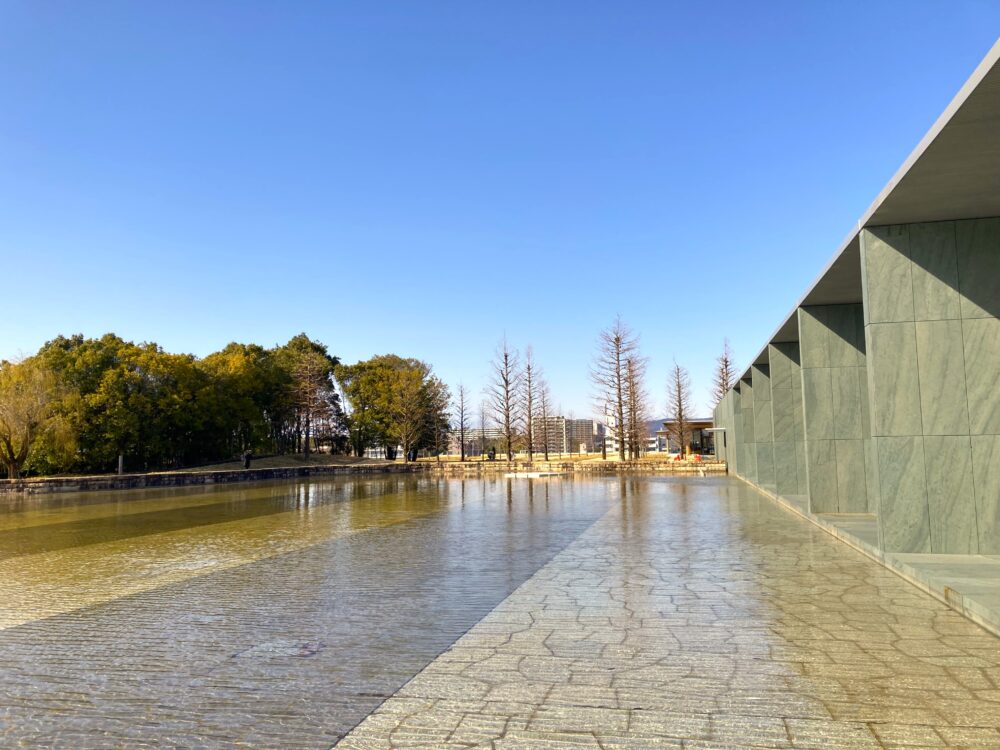
Collection Highlights
The Toyota Municipal Museum of Art opened in 1995.
Since it was a relatively new museum at the time, its collection mainly focuses on modern and contemporary art from the 20th century onward.
The museum houses masterpieces by Western artists such as Gustav Klimt and Egon Schiele, as well as works by Japanese painters like Ryusei Kishida. One of the museum’s charms is how Western and Japanese art coexist in the same space, allowing visitors to experience the beauty of both traditions side by side.
Gustav Klimt
“Portrait of Eugenia Primavesi“ (1913–1914)

About This Work (Tap or Click to View)
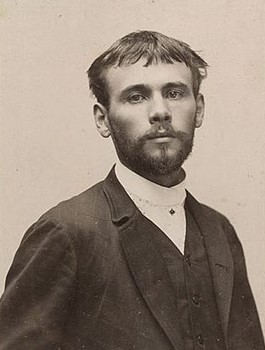
Gustav Klimt (1862–1918) was an Austrian painter active from the late 19th to early 20th century.
He was a leading figure of the Vienna Secession, an art movement that broke away from academic traditions to pursue new artistic freedom.
Klimt is famous for his luxurious use of gold leaf, especially in his masterpiece The Kiss (1907–08), which represents the height of his so-called “Golden Phase.” In his later years, however, he moved away from gold and began exploring more vibrant and colorful compositions.
“Portrait of Eugenia Primavesi“ was created during this later period. The model, Eugenia Primavesi, was the wife of Otto Primavesi, a Viennese banker and art collector.
The entire surface of the painting—its background, clothing, and patterns—is filled with vivid colors and decorative motifs, creating a dazzling, jewel-like impression. It beautifully captures Klimt’s unique sense of decorative beauty.
While Impressionists aimed to capture “light,” Klimt reimagined reality through decoration. In this painting, the seamless blending of the background and dress patterns creates a mesmerizing, dreamlike world.
Interestingly, the Primavesi family also commissioned Klimt to paint a portrait of their nine-year-old daughter, Mäda Primavesi, which is now part of the collection at the Metropolitan Museum of Art in New York.
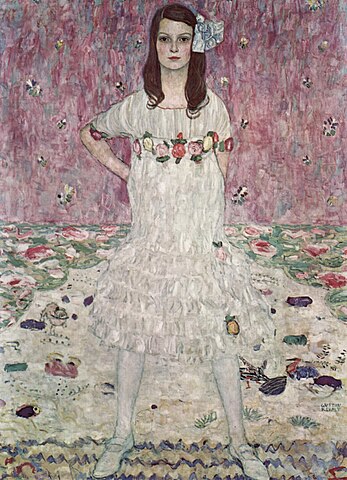
Collection of The Metropolitan Museum of Art, New York
It’s said that Otto Primavesi even funded Klimt’s studio operations, which eventually caused financial difficulties for his bank — a testament to how deeply he admired the artist.
There’s another Klimt painting in Japan called The Golden Knight, housed at the Aichi Prefectural Museum of Art, also located in Aichi Prefecture.
If you’re exploring the region, it’s definitely worth visiting both museums to see Klimt’s masterpieces up close.
▶ Read more about the Aichi Prefectural Museum of Art here
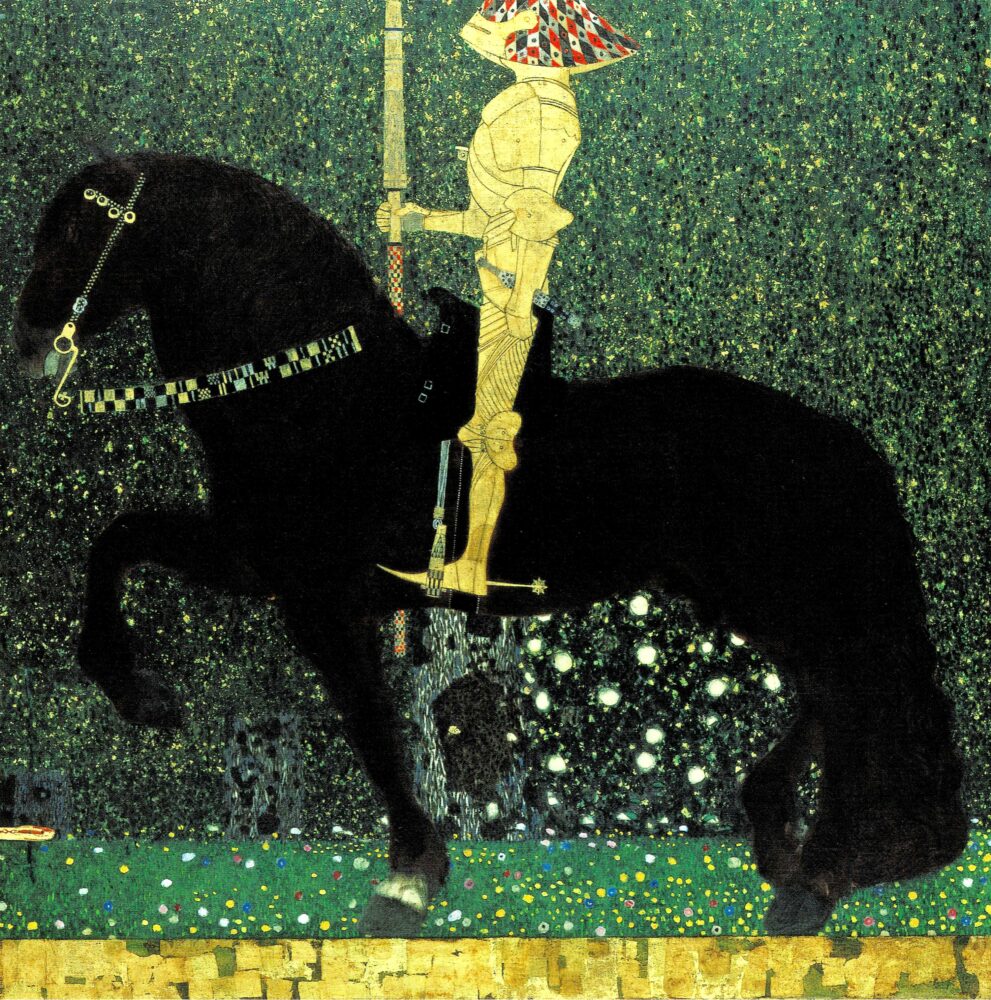
Egon Schiele
“Portrait of Leopold Czihaczek” (1907)

About This Work (Tap or Click to View)
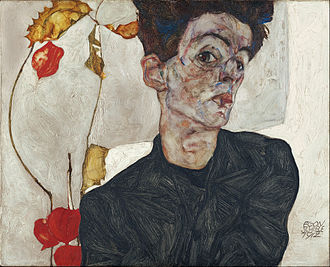
Egon Schiele was one of Austria’s most important Expressionist painters.
He is best known for his bold compositions, sharp lines, and emotionally intense style that gives his works a striking presence.
This “Portrait of Leopold Czihaczek” was painted when Schiele was only 17 years old, making it one of his early works before his distinctive style fully developed.
The model is Leopold Czihaczek, Schiele’s uncle. After losing his father at the age of 12, Schiele was supported by his uncle, who became an important figure in his life.
In this portrait, Leopold stands tall in a suit, filling the vertical canvas with dignity and confidence. You can sense the young artist’s deep respect and affection for his family. The careful attention to detail shows Schiele’s remarkable powers of observation, even at such a young age.
An interesting feature of this piece is its unusually tall, narrow canvas, a design choice influenced by Gustav Klimt. By this time, Schiele had already met Klimt and greatly admired him. You can catch a glimpse of that admiration in the composition and the way the figure is portrayed.
Egon Schiele
“Portrait of Karl Grünwald” (1917)
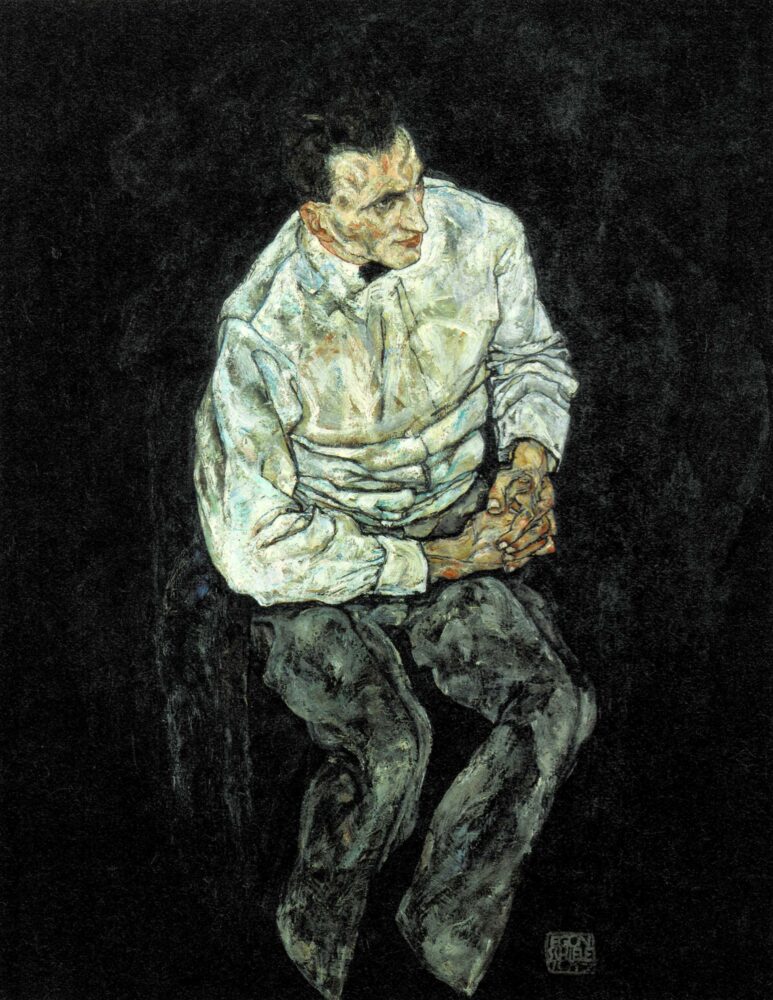
About This Work (Tap or Click to View)
When people think of Egon Schiele, they often picture his distorted figures drawn with sharp, expressive lines. This “Portrait of Karl Grünwald” immediately captures that same intense and unforgettable energy.
At first glance, the man appears to be floating. But if you look closely, you can faintly see the outline of a chair in the background. Schiele painted this work from an unusual top-down perspective, as if viewing the subject from above. The model is actually sitting, but the angle makes him appear weightless, creating a strange and captivating sense of floating in space.
It’s said that Schiele made several sketches before choosing this bold composition. We don’t know exactly why he selected this viewpoint, but perhaps he was drawn to the unique shapes and tension created by the body when seen from above.
The solid black background adds even more drama. The figure seems to glow under a spotlight, heightening the emotional intensity of the portrait.
The model, Karl Grünwald (1899–1964), was an Austrian textile merchant and one of Schiele’s close friends. During World War I, they served in the army together and even traveled afterward.
However, Grünwald’s life took a tragic turn — much of his art collection was later confiscated by the Nazis and scattered around the world. Knowing that story gives this portrait an even deeper, more haunting feeling.
Ryusei Kishida
“Self-Portrait” (1913)
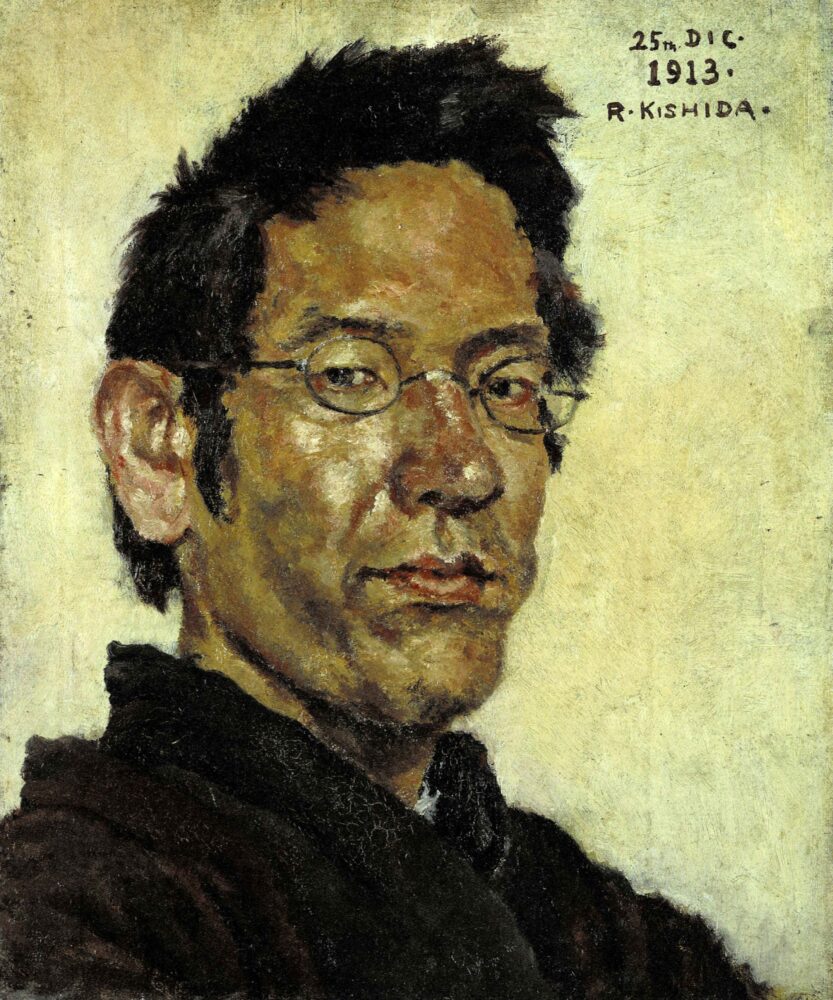
About This Work (Tap or Click to View)
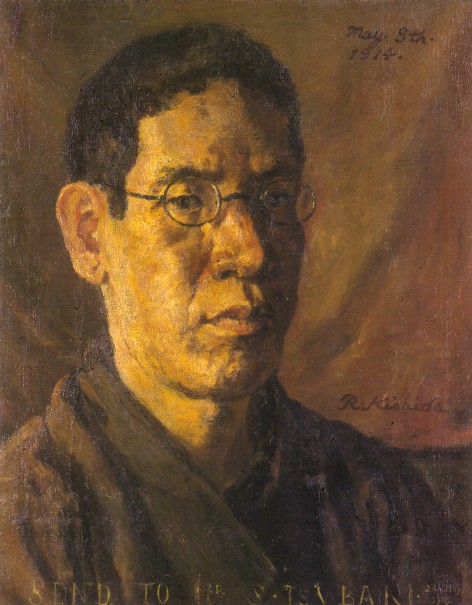
Ryusei Kishida is best known for his famous Reiko portraits, a series depicting his daughter with a mysterious and almost spiritual presence. But before that period, he also created many remarkable works that reveal his early artistic journey.
This “Self-Portrait” was painted in 1913, the year before his daughter Reiko was born. It was before he developed his concept of “Hikin-bi” (the beauty of the ordinary), yet even here you can sense his desire to capture the inner spirit of his subjects.
At the time, Kishida was obsessed with portrait painting — so much so that he was nicknamed “the headhunter Kishida.” When he couldn’t find models, he often turned to painting himself, as in this work.
In his early years, Kishida was influenced by the French Impressionists, but around this time, he began shifting toward realism. That transition is clearly visible here in the lifelike details and emotional depth of his expression.
His pursuit of inner beauty through realism eventually led to his celebrated Reiko series and the philosophy of Hikin-bi. Seen from that perspective, this self-portrait marks a key turning point in his artistic development.
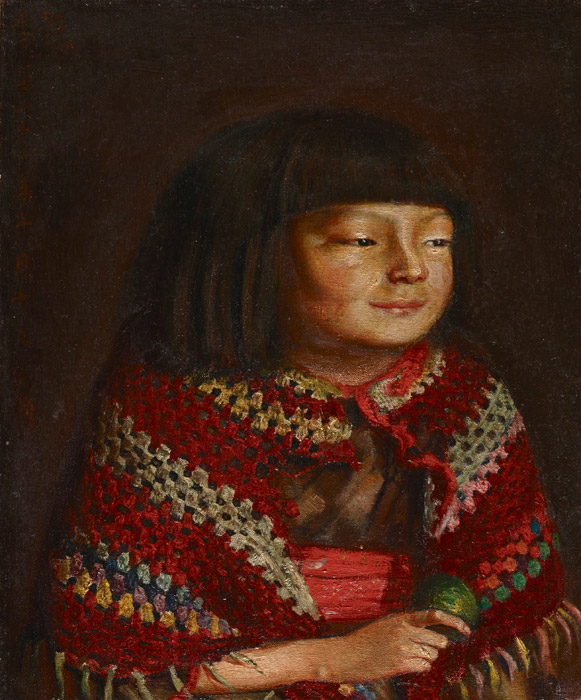
Kanji Maeda
“Portrait of Miss I” (ca.1928)
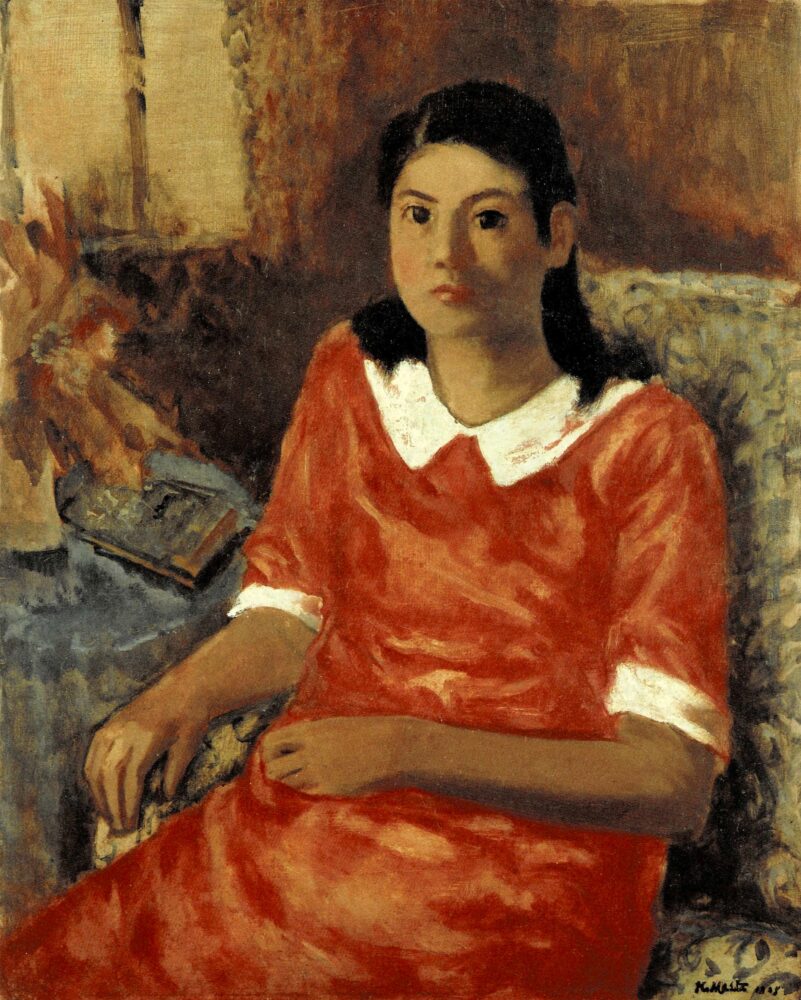
About This Work (Tap or Click to View)
Kanji Maeda was a Western-style painter from Tottori, Japan. After graduating from the Tokyo Fine Arts School, he traveled to France to study painting in depth. While influenced by Van Gogh and Cézanne, he also admired classical masters like Courbet and Ingres, whose works shaped his pursuit of realism.
Maeda sought to create paintings that felt truly alive—art that captured texture, weight, and the undeniable presence of a human being within the canvas.
This “Portrait of Miss I” is one of his late works, depicting a young woman who was his student at the time. The background and clothing are kept simple, yet her direct gaze carries a quiet intensity that fills the painting with a calm but powerful energy.
Though it appears realistic at first, the bold use of color reveals hints of Fauvism, reflecting the vibrant influence of modern European art beneath his classical training.
During Japan’s early Shōwa era, many artists were experimenting with avant-garde styles. Maeda, however, stayed true to his belief in the essence of painting itself—the act of observing and expressing with sincerity.
Perhaps that’s why his works still feel grounded and deeply moving, even a century later.
Garden on the Second Floor
The Toyota Municipal Museum of Art is built on a small hill, and its structure is quite unique. The second floor is actually level with the ground! Thanks to this clever design, the outdoor area on the second floor has become a beautiful garden that feels like another world.
After exploring the exhibition rooms, take a walk through this peaceful garden. The quiet paths surrounded by greenery offer a relaxing and luxurious moment away from the city.
In one corner of the garden stands a tea house called Dōjien. It was designed by the same architect as the museum itself, Yoshio Taniguchi. Here, you can enjoy a cup of tea and Japanese sweets in a calm setting. The contrast between the modern architecture of the museum and the traditional tea house might surprise you, but together they create a perfect harmony.
After immersing yourself in art, strolling through the garden helps you refresh your mind.
It’s one of the many reasons why the Toyota Municipal Museum of Art is such a special place.
Toyota Municipal Museum of Art – Visitor Information
Location: 8-5-1 Kozakahonmachi, Toyota City, Aichi Prefecture, Japan
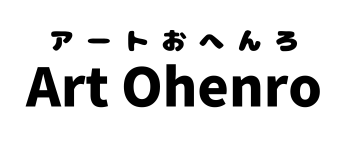





Comments